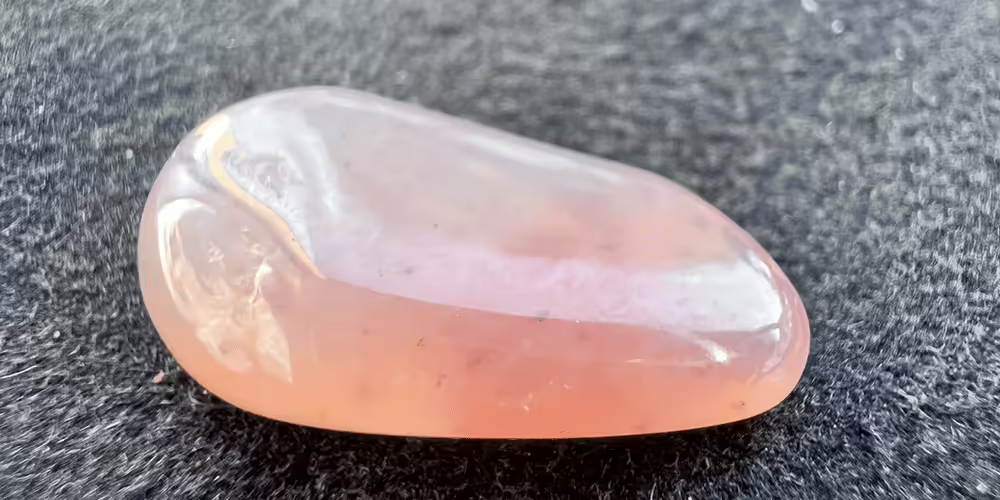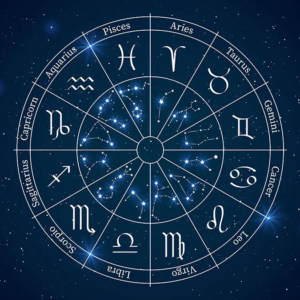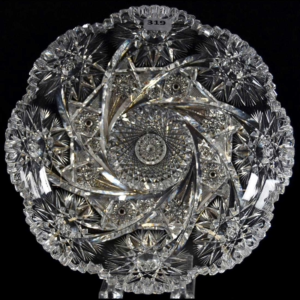Hydrogrossular: Properties, Uses and Benefits
Hydrogrossular: When Transparency Isn’t Everything!
Hydrogrossular, a captivating member of the garnet family, has been cherished for centuries for its unique charm and diverse colours.
Known for its association with transformation and vitality, Hydrogrossular has captured the hearts of gem enthusiasts and jewellery connoisseurs the world over.

Hydrogrossular: Table of contents
- Hydrogrossular Geological Formation
- Rough Hydrogrossular – Raw Beauty
- Sources – The Worldwide Reach of Hydrogrossular
- Historical Significance of the Hydrogrossular – Through the Ages
- Metaphysical Properties of Hydrogrossular – Illuminating Energies
- Varieties of Hydrogrossular
- Colors of Hydrogrossular
- Durability and Wearability of Hydrogrossulaire
- Hydrogrossular improvements – Preserving natural beauty
- Synthetic Hydrogrossular – Nature in the Laboratory
- Imitations of Hydrogrossular – Discerning the Authentic
- Hydrogrossular Care – Preserving natural beauty
Hydrogrossular Geological Formation
Hydrogrossular, a calcium-aluminium garnet, is formed by metamorphic processes. The interaction of specific minerals and environmental factors gives rise to Hydrogrossular garnets.
Rough Hydrogrossular – Raw Beauty
The appeal of raw garnet crystals lies in their captivating visual appearance, illustrated by distinctive geometric shapes. Uncut rough garnet gems display a variety of crystal structures, including icotetrahedral and rhombic dodecahedral shapes, each reflecting the gem’s inherent beauty and crystal arrangement.
Massive form: Some garnets are found in rock form and do not have a precise crystalline structure.
Rhombic dodecahedral shape :
The visually striking rhombic dodecahedron shape is a distinctive feature of rough garnet crystals. Composed of twelve congruent rhombic faces, this symmetrical, well-defined polyhedron captivates gemologists and gem enthusiasts alike. Recognising this shape is a crucial identification criterion for garnet, providing valuable information about its unique crystalline arrangement and inherent properties.
Icotetrahedral shape :
Another visually intriguing feature of rough garnet crystals is the icotetrahedral shape. This polyhedron has twenty-four faces, each composed of equilateral triangles. The icostetrahedral structure highlights the gem’s inherent symmetry and crystallographic characteristics, enabling gemologists to distinguish and celebrate garnet from its counterparts.
Sources – The Worldwide Reach of Hydrogrossular
Hydrogrossular garnets are found in the Transvaal, South Africa, Utah in the United States and New Zealand. It is for this reason that hydrogrossular can be found under the erroneous name of ‘Transvaal jade’.
Historical Significance of the Hydrogrossular – Through the Ages
Hydrogrossular, a variety of garnet, has a relatively recent historical significance compared with other gems and minerals. Its importance lies mainly in the gem and jewellery industry and its growing popularity among collectors and enthusiasts.
Hydrogrossular was first discovered at the end of the 20th century in the Jeffrey mine in Asbestos, Quebec, Canada. It is a calcium-aluminium garnet containing significant quantities of water (hydrogen and oxygen) in its crystalline structure.
The prefix “hydro-” in its name indicates the presence of water. The name “hydrogrossular” comes from the Greek words “hydro” meaning water and “grossular” referring to the type of garnet.
Because of its relatively low hardness compared with other gems, hydrogrossular is often used to carve sculptures, figurines and other art pieces and is often sold as jade.
Metaphysical Properties of Hydrogrossular – Illuminating Energies
Hydrogrossular garnets are associated with various metaphysical properties, including transformation, abundance and rootedness. It is believed that Hydrogrossular garnets can inspire positive change and growth in a person’s life, enabling them to embrace transformation with courage and resilience.
Hydrogrossular garnets are also believed to promote abundance and prosperity, both in terms of material wealth and spiritual fulfilment. They are thought to ground the wearer, encouraging a deep connection with the Earth and fostering a sense of stability and balance.
Varieties of Hydrogrossular
Hydrogrossular garnets have a wide range of colours, but no variety as such. Transvaal jade” or “African jade” is a false trade name that is generally used to make hydrogarnet more attractive to buyers by linking it to the flattering image of jade. these two stones have nothing in common.
Colors of Hydrogrossular
Hydrogrossular garnets come in a captivating range of colours, from green to pink, grey and even brown-black.
These stones are never transparent and range from translucent to opaque.
Durability and Wearability of Hydrogrossulaire
Hydrogrossular garnets have an excellent hardness, ranging from 6.5 to 7.5 on the Mohs scale, making them durable stones suitable for various types of jewellery. Their robust nature ensures that Hydrogrossular garnets can withstand the rigours of everyday use, retaining their beauty for generations.
Hydrogrossular improvements – Preserving natural beauty
Hydrogrossular garnets are generally recovered in their natural state, and treatments are rare. Their captivating colours and properties require no enhancement to dazzle the viewer, making Hydrogrossular garnets a gem celebrated for their unchanging beauty. However, some varieties may require more treatment.
Synthetic Hydrogrossular – Nature in the Laboratory
Synthetic Hydrogrossular are rarely found as synthetics due to their affordability and abundance.
Imitations of Hydrogrossular – Discerning the Authentic
Hydrogrossular garnets can sometimes be imitated or misrepresented, but they are often used to imitate jadeite and nephrite jade.
It is essential to buy from reputable and certified gem dealers to ensure the authenticity of the stone.
Hydrogrossular Care – Preserving natural beauty
Taking care of Hydrogrossular garnet jewellery ensures that its timeless beauty will last a lifetime.
To preserve their brilliance, Hydrogrossular garnets should not be exposed to aggressive chemicals or sudden changes in temperature.
Gently clean the gem using mild soapy water and a soft brush.
Store Hydrogrossular garnet jewellery separately from other gems to avoid scratches and potential damage.


Leave a Reply
Want to join the discussion?Feel free to contribute!